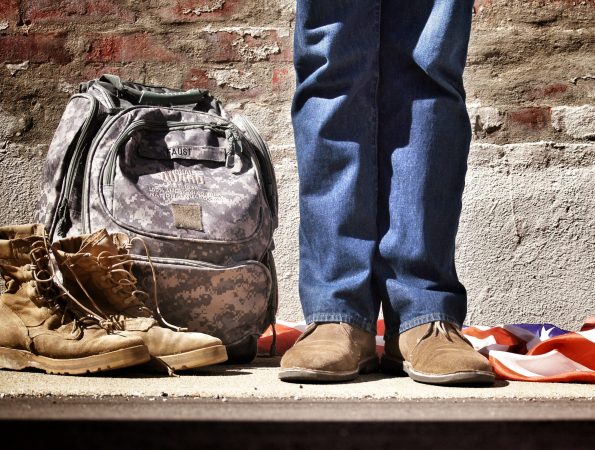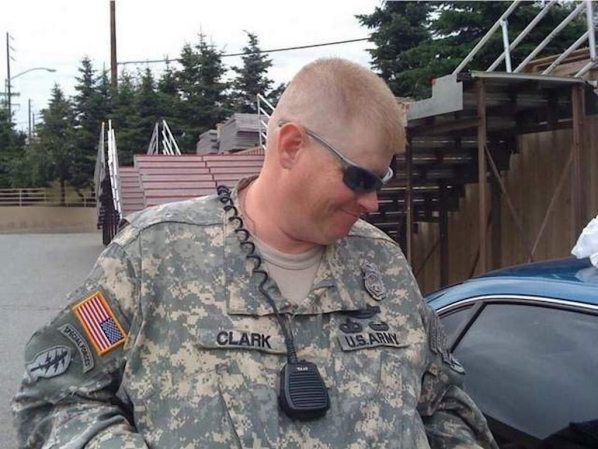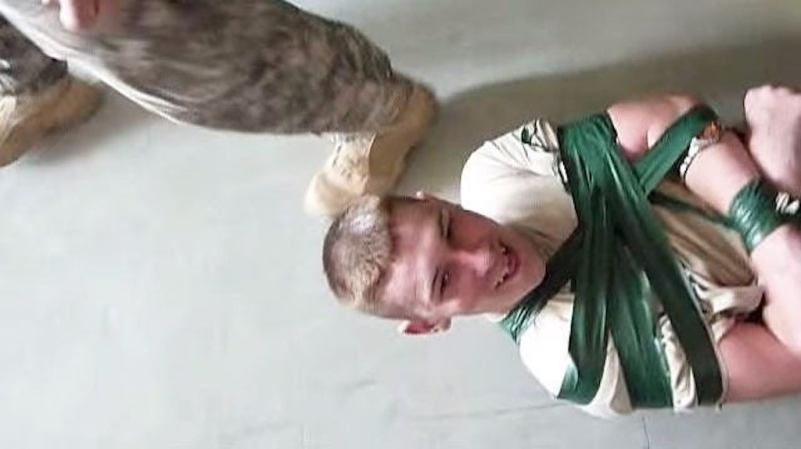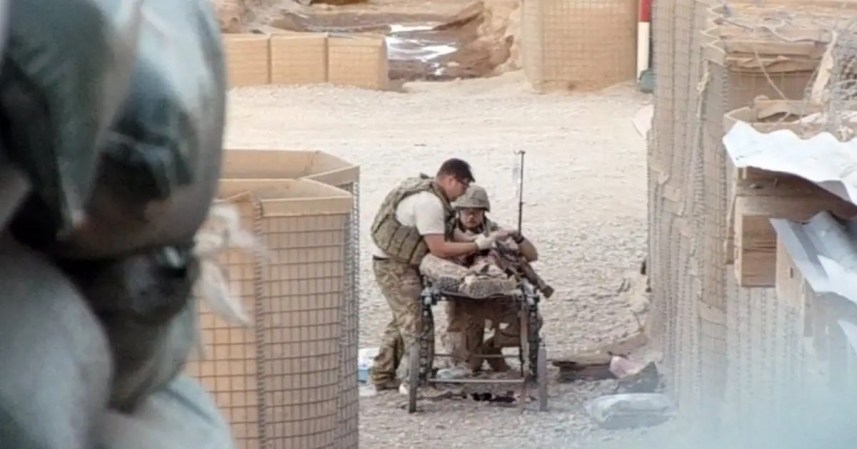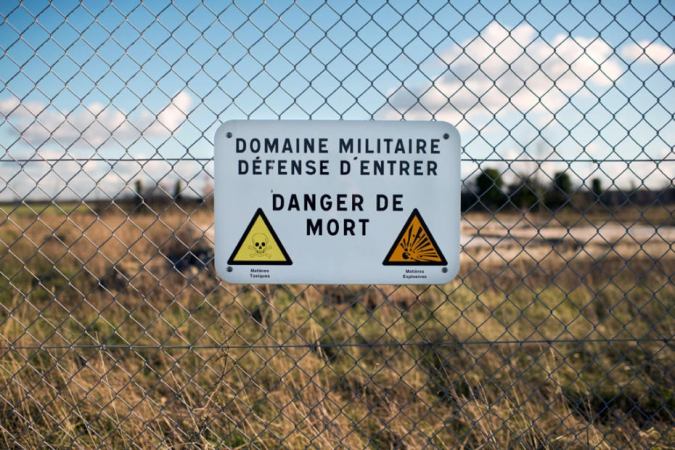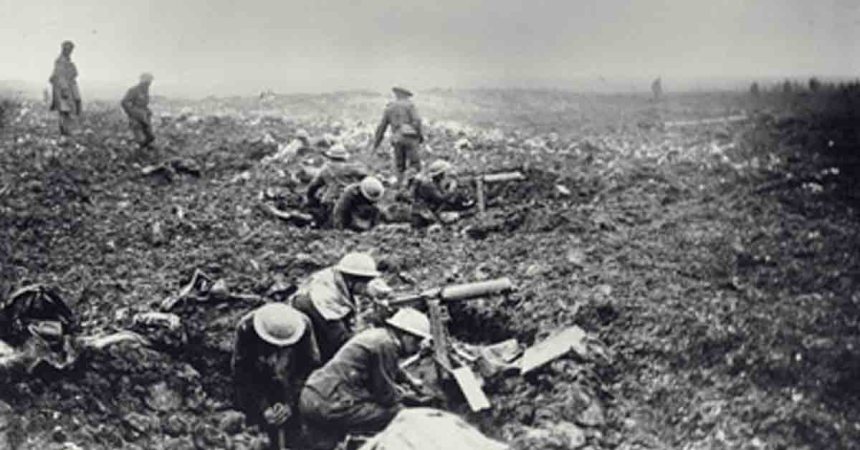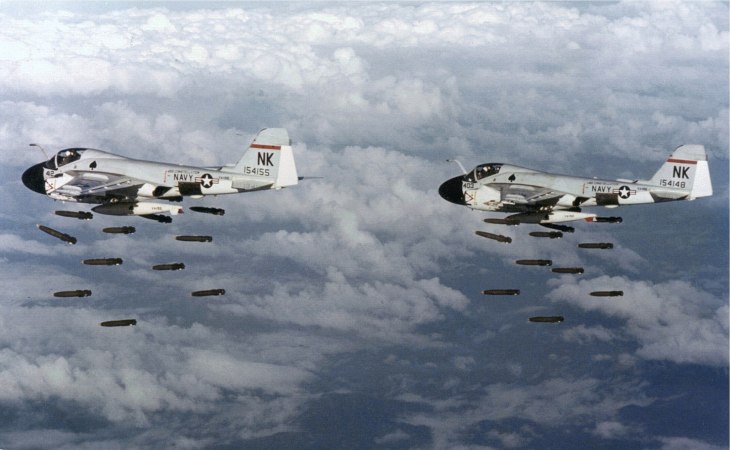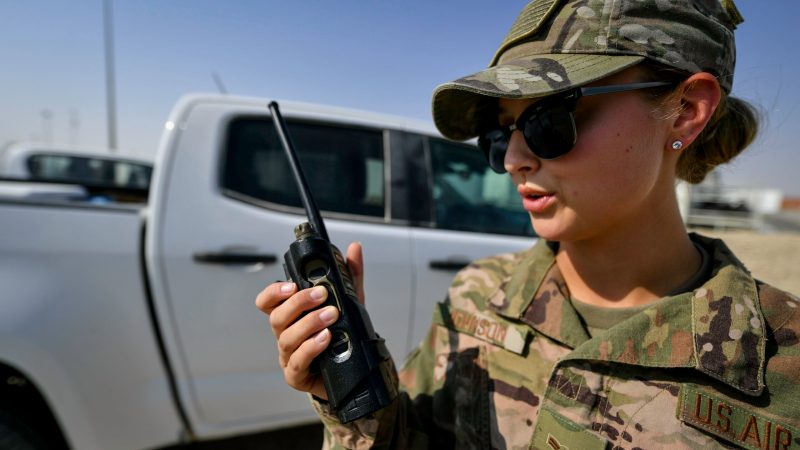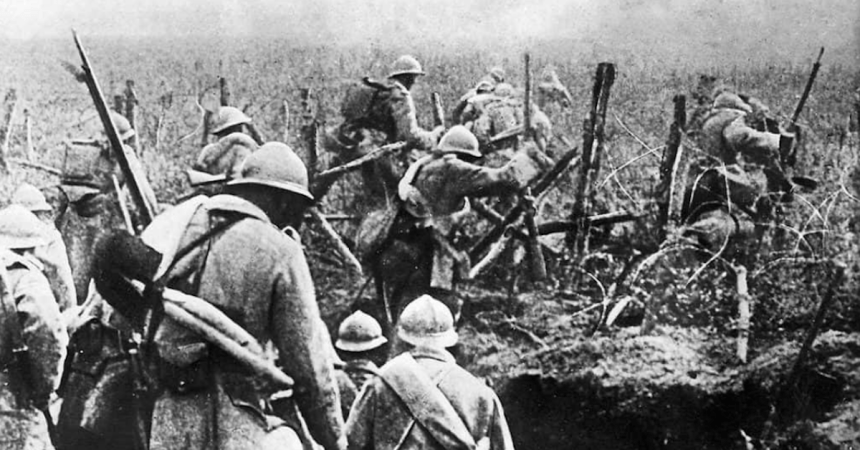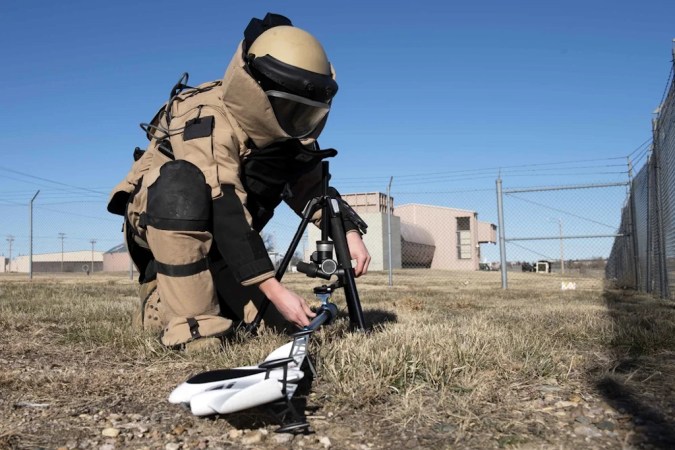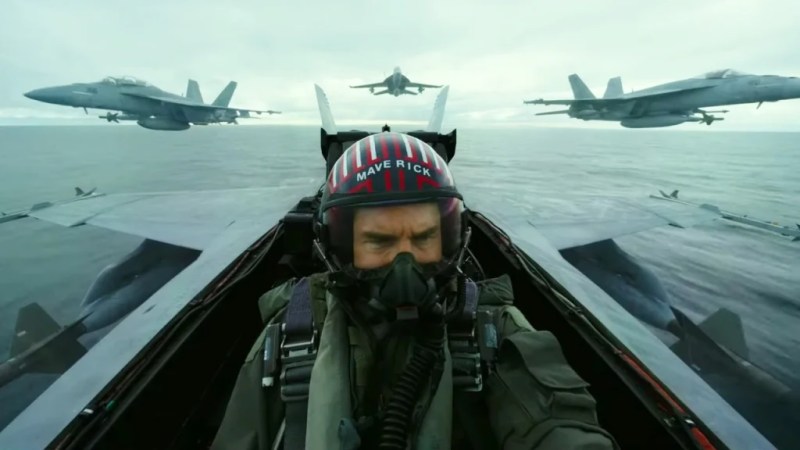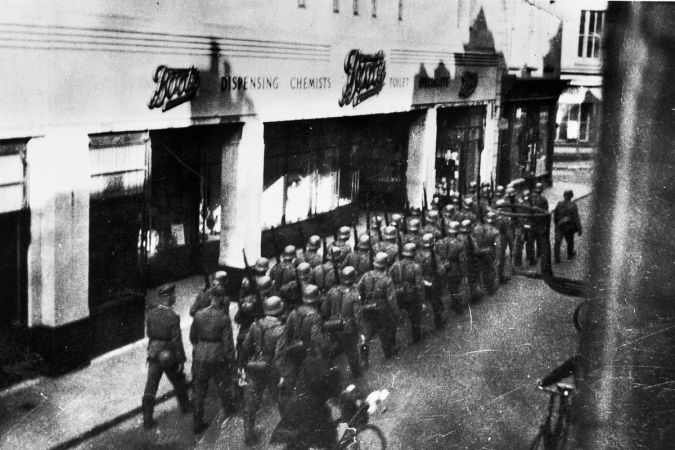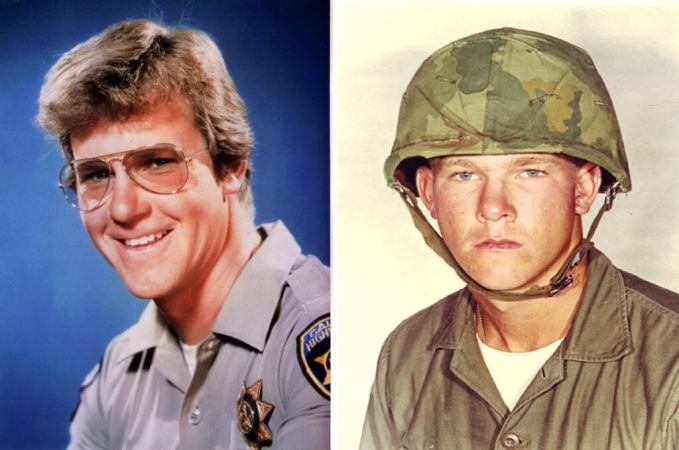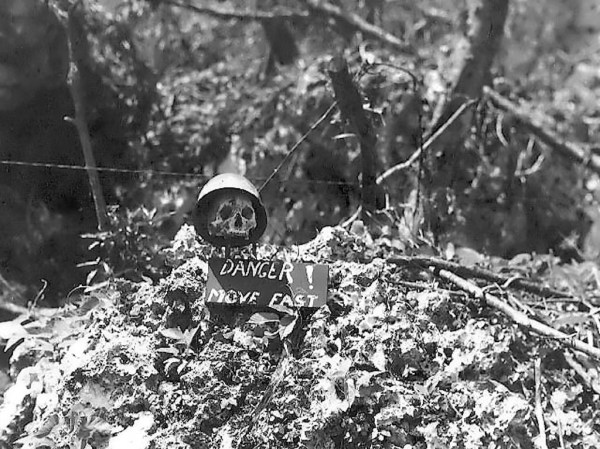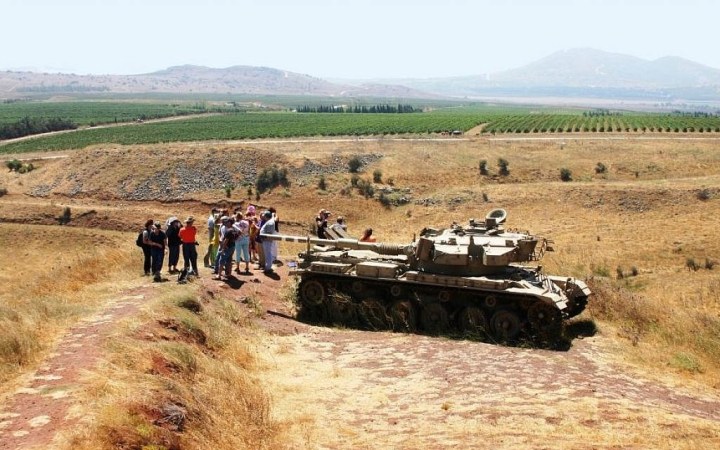The military is used to ignoring warning signs for things that aren’t actually all that dangerous. After all, once you know how a military range works, you realize that only a couple thousand square yards of the range is actually dangerous, and “Overhead Artillery” just means whistling noises (unless someone really screws up).
These 6 military signs are shrugged off by troops but make civilians panic.
“Overhead Artillery Fire” sign
“Overhead artillery fire” sounds super scary, and the idea that you have to drive through artillery fire to get to a recreation area might seem crazy to civilians. But, for any familiar with artillery operations, this is no big deal.
Artillery rounds are dangerous and must be treated with care — but they follow predictable paths. As long as the crew doesn’t screw up big time, creating a short round by using too little powder or calibrating the gun to an improper angle, then any artillery rounds passing over this road will be dozens or hundreds of feet above the road.
How civilians see this sign: “There are live explosives in the air that could land here at any time!”
What service members see: “Someone gets to work way out here in the woods.”

(U.S. Air Force Staff Sgt. Shane M. Phipps)
“Unexploded Ordnance”
Signs like these can be intimidating. After all, even if you don’t know what ordnance is, “unexploded” implies that something explosive is present. And you’re not allowed to leave the road because of the danger of the unexploded whatever-ordnance-is, so that’s frightening.
And unexploded ordnance is a real danger. It can be anything from missiles to bombs to grenades and more. But these are basically dud missiles and bombs and whatnot. And, military explosives are actually pretty stable, so it takes a lot to set one off accidentally. So just, you know, don’t go kicking anything you don’t recognize.
How civilians see this sign: “If you try to change a tire here, you will die.”
What service members see: “If you’re going to dig a latrine hole, do it carefully or somewhere else.”

(U.S. Air Force Airman Ty-Rico Lea)
“FOD Check Point!”
Gonna be honest, this one is only scary because civilians don’t know what FOD is. Anyone rolling onto an Air Force runway is going to have to pass one of these signs, and for civilians they seem like a super serious warning about some mysterious danger.
But FOD stands for “foreign object debris,” which basically just means trash or rocks. Jet engines are fairly fragile, and small rocks, loose bolts, tools, etc. can be sucked into the engine and destroy it. Remember, “The Miracle on the Hudson” happened when a plane struck a flock of geese and lost all engine power.
How civilians see this sign: “An unknown danger, possibly dragon-based, is going to kill us all!”
What service members see: “Crap, we gotta get out and check the tires for rocks.”

(U.S. Air Force Gina Randall)
This is basically just a traffic light for areas in which airplanes and cars operate close to one another. The big danger when planes are taxiing here or in similar places isn’t that they’ll crash, though. Air Force instructions require a ground guide walking under the wing to ensure the wing won’t strike an object if a plane is taxiing within 25 feet of a significant obstacle or object.
So, it’s mostly a formality. After all, the planes aren’t taxiing on the actual road, just a nearby taxiway. But the plane has to stop if a car drives down the road at the wrong time, slowing airfield operations.
How civilians see this sign: “Stop now, or a plane will turn on its engines and throw your whole car hundreds of feet with powerful jet wash.”
What service members see: “Just wait a sec’ or some bureaucratic nonsense will slow down our operations here.”

(Kerry Raymond, CC BY-SA 4.0)
There is a live-fire range with actual bombs and lasers on the other side of this fence. And sure, bombs are dangerous. And modern lasers could damage your eyes if you look directly at them for too long.
But, really, the lasers don’t do much damage, and the live bombs are typically a few old duds that failed to go off. Like the “unexploded ordnance” sign above, you really just need to be careful not to kick an unexploded bomb.
How civilians see this sign: “On the other side of this fence, a steel rain falls on a landscape of live bombs. Sauron himself would not survive here for even a minute.”
What service members see: “This isn’t the entrance to the range. Walk around until you find it.”
An MP poses with a checkpoint sign, because when it’s historic it’s somehow not cliche.
Military checkpoints of any kind sound frightening. “Armed troops are going to search our vehicles!?” But, really, the military police and random Joes assigned to gate guard and other checkpoints are spending more mental energy debating whether they’re going to play Destiny 2 or Call of Duty tonight than they are on searching some random yuppie’s Subaru Outback that might have weed hidden under the passenger seat.
Honestly, as long as there isn’t an AT-4 in the vehicle, the occupants have little to worry about.
How civilians see this sign: “Jack-booted thugs are going to search our little car and abduct our child because we don’t have her birth certificate on us!”
What troops see: “You might have to get out of your car so the Blue Falcons can feel good about their job for five minutes.”



